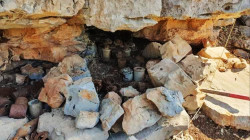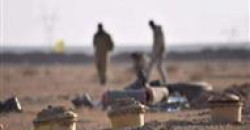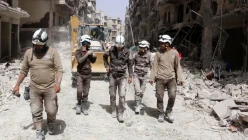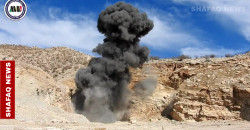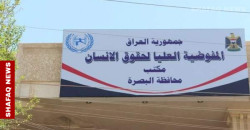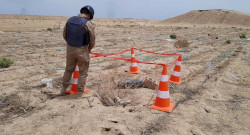After decades of war: Iraq still battling landmines
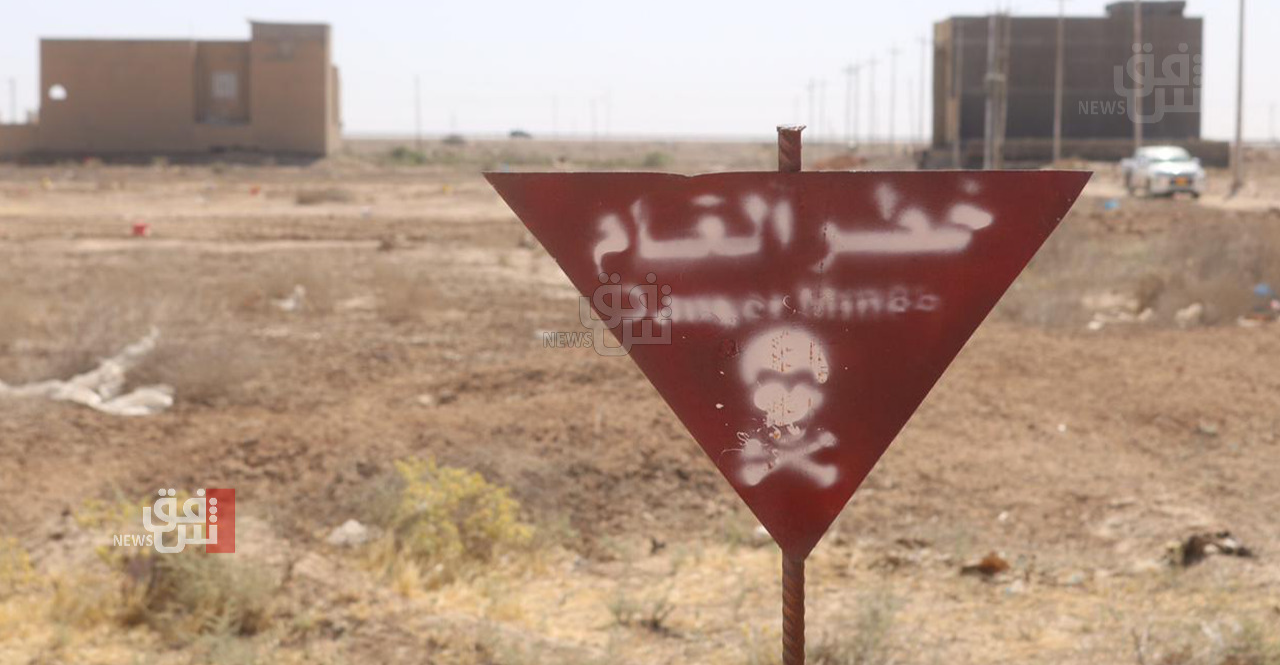
Shafaq News/ Landmines and explosive remnants of war (ERW) affect approximately 2,100 square kilometers of Iraqi territory—an area equal to nearly 300,000 football fields—according to the International Committee of the Red Cross (ICRC).
The contamination, resulting from conflicts including the Iran-Iraq War and the 2014–2017 campaign against ISIS, continues to endanger civilians, displace families, restrict farmland access, and delay reconstruction efforts.
The ICRC recorded 78 casualties from landmines and ERW between 2023 and 2024. In early 2025, three students were killed in an explosion in Abu al-Khasib, Basra.
Children remain among the most at risk. One case involved 11-year-old Hussein from Al-Qadisiyah, who lost a leg after playing with an unexploded device. Another incident in Nineveh involved a woman named Sundus, who lost both legs after stepping on a landmine while fleeing conflict.
Demining teams face ongoing risks during clearance. Noora Murad, a deminer in Sinjar, said the work remains dangerous. “My daughter cries every time I leave for work,” she said. “But we find satisfaction when a cleared site becomes a school, or land is returned to farming.”
In 2024, around 6,000 people attended in-person awareness sessions in high-risk areas. The ICRC also donated 2,440 units of clearance equipment to Iraqi mine action authorities and civil defense directorates.
Marking the International Day for Mine Awareness on April 4, the ICRC called for increased efforts to reduce contamination and support mine-affected communities. Clearance operations continue in cooperation with national authorities and humanitarian partners.
